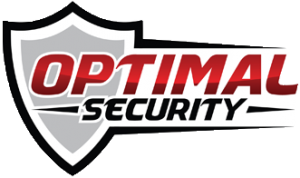Security system considerations are the factors that must be taken into account when designing and implementing a security system to protect assets, such as people, data, physical infrastructure, or intellectual property. These considerations are critical to ensuring that the security system is effective in protecting the assets from potential threats and vulnerabilities.
There are several key factors to consider when designing a security system, including:
Threat landscape: The threat landscape refers to the potential threats that the security system must protect against. These threats can include cyber attacks, physical theft, or natural disasters.
Asset classification: Asset classification refers to the process of categorizing assets according to their level of importance and the level of protection they require.
Risk management: Risk management involves identifying, assessing, and prioritizing risks to the assets being protected, and developing strategies to mitigate or manage those risks.
Security measures: Security measures are the specific strategies and tactics used to protect the assets being protected. These measures may include access control, surveillance, monitoring, and response plans.
Compliance requirements: Compliance requirements refer to any legal or regulatory requirements that the security system must meet. These requirements can vary depending on the industry or location in which the assets are located.
Cost: The cost of implementing and maintaining the security system is an important consideration. The cost must be balanced against the level of protection required and the potential risks to the assets being protected.
By taking these considerations into account when designing and implementing a security system, organizations can ensure that the system is effective in protecting the assets being protected and aligned with the overall risk management strategy.
